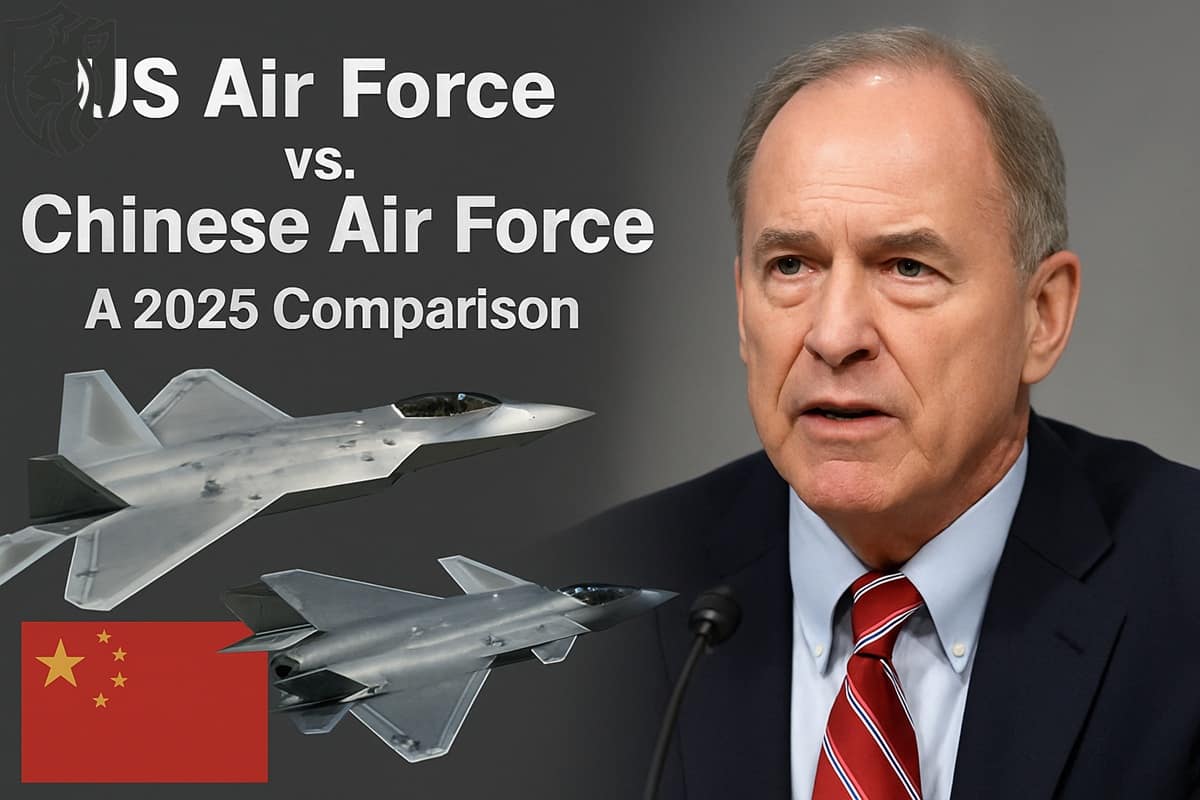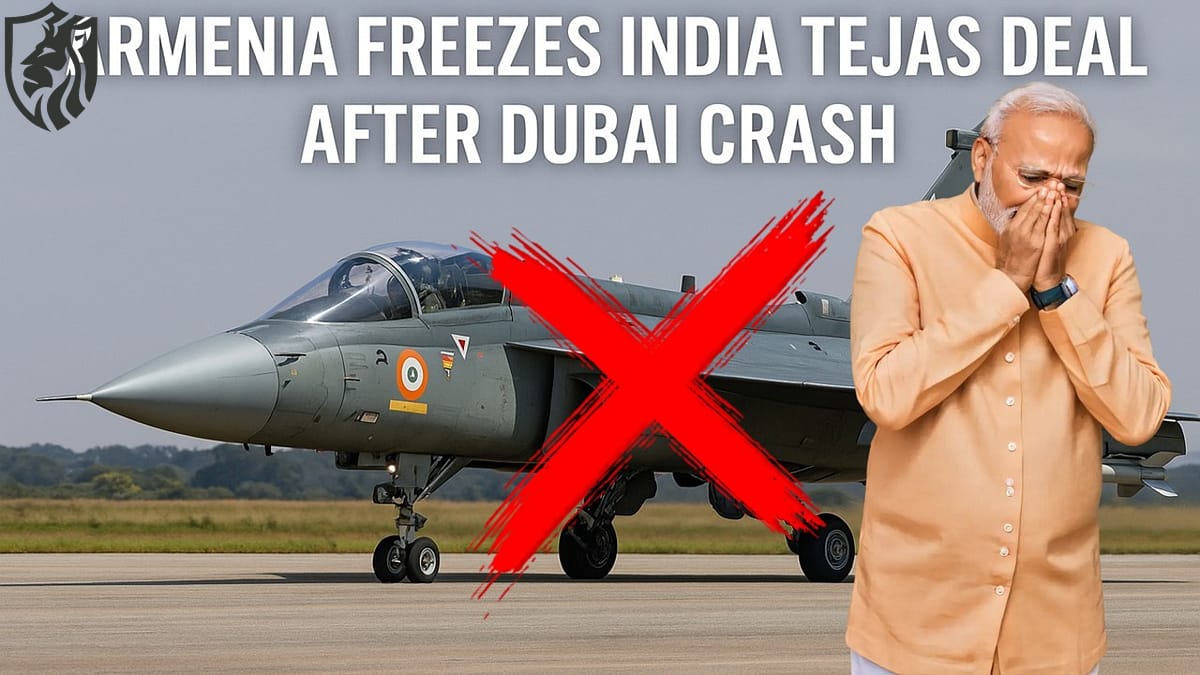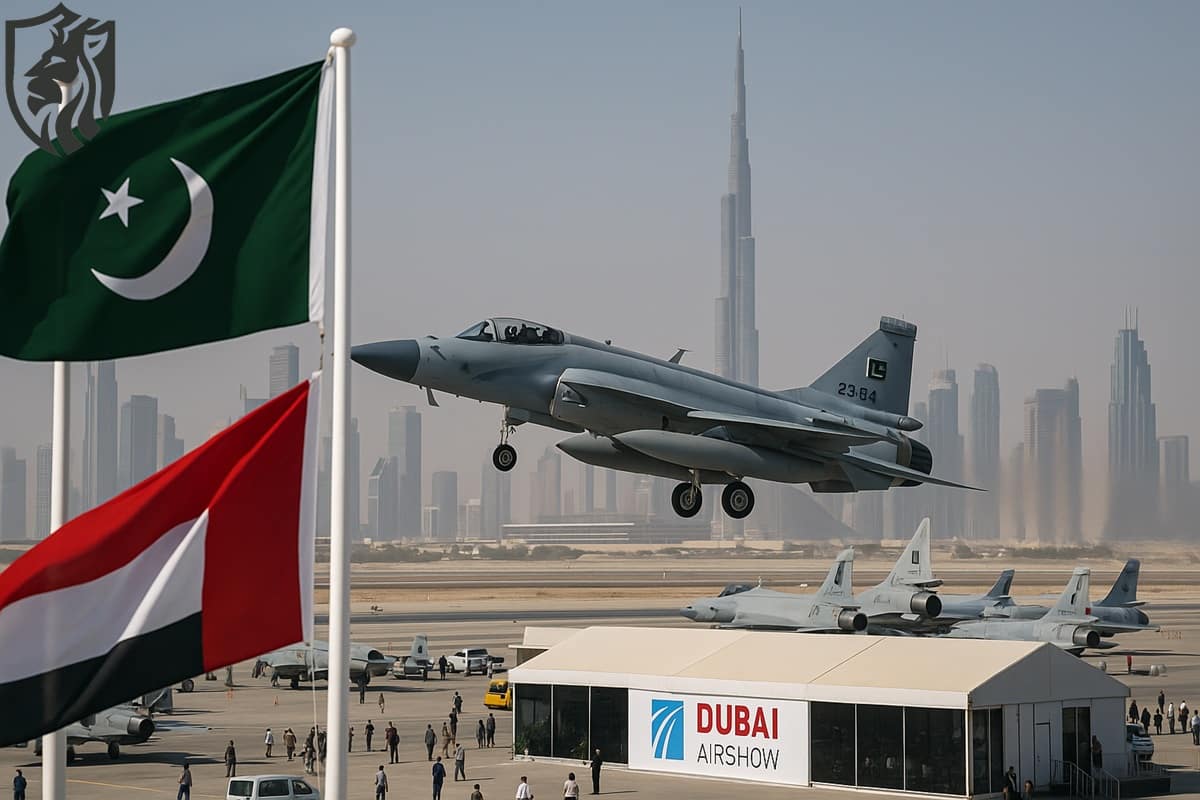
The skies of Southern Africa witnessed intense dogfights during the Cold War era. These engagements between Angola’s Soviet-built MiGs and South Africa’s French-made Mirages showcased the strategic importance of air superiority. The phrase “when Angolan MiGs meet South African Mirages” symbolises the intersection of geopolitical tensions and advanced military aviation.

Historical Context of the Conflict
The Cold War in Southern Africa
When Angolan MiGs meet South African Mirages, it is essential to understand the context. The Angolan Civil War (1975–2002) became a Cold War battleground. Angola, backed by the Soviet Union and Cuba, faced rebel groups supported by the United States and apartheid-era South Africa. The South African Border War (1966–1989) further intensified regional hostilities.
This conflict saw Angola’s MiGs, flown by Cuban and Angolan pilots, face off against South Africa’s Mirages. Both nations acted as proxies for global superpowers, making their aerial skirmishes a reflection of larger ideological battles.
Comparing the Fighters
Angola’s MiGs
The When Angolan MiGs Meet South African Mirages narrative revolves around Angola’s Soviet-supplied aircraft. Angola deployed the MiG-21 for speed and agility and the MiG-23 for its advanced radar and firepower. These fighters excelled in interception and air superiority roles. Their long-range missiles and robust designs allowed them to operate in harsh conditions. The Cuban pilots’ experience in combat further enhanced their effectiveness.
South Africa’s Mirages
In contrast, the South African Air Force (SAAF) relied on French-designed Mirage III and Mirage F1 jets. These aeroplanes were lightweight, versatile, and renowned for their manoeuvrability. When Angolan MiGs meet South African Mirages, the Mirages demonstrate exceptional performance in dogfights. Their advanced avionics and heat-seeking missiles gave SAAF pilots an edge in close-quarters combat.
Key Engagements
Battle of Cuito Cuanavale
A significant episode in the history of the conflict between Angolan MiGs and South African Mirages took place during the Battle of Cuito Cuanavale (1987–1988). Angolan and Cuban forces launched air operations to defend their positions, deploying MiG-23s for strategic strikes. SAAF’s Mirage F1s countered with precision bombing runs and interception missions.
This clash highlighted the strengths and weaknesses of both aircraft. While MiG-23s excelled in long-range attacks, Mirage F1s dominated in agility and low-altitude engagements.
Skirmishes Along the Border
Angolan MiGs and South African Mirages define numerous smaller encounters. These skirmishes involved quick interceptions and brief dogfights. Often, South Africa’s superior radar technology provided early warning, allowing Mirage pilots to engage effectively. However, Angola’s MiGs capitalised on their high-speed capabilities to evade or retaliate, creating a dynamic aerial chess game.
Tactical and Strategic Insights
Strengths of the MiGs
In the narrative of when Angolan MiGs met South African Mirages, the MiGs’ primary advantage lay in their raw power and armament. Their capability to carry heavy payloads made them formidable in strategic bombing. Additionally, their Soviet-built durability allowed operations in challenging African environments. Cuban pilots brought combat experience from other theatres, enhancing Angola’s effectiveness.
Strengths of the Mirages
For the SAAF, Mirages symbolised precision and adaptability. Their manoeuvrability gave them a clear edge in dogfights, especially at low altitudes. Moreover, South Africa’s advanced ground radar systems provided critical situational awareness, enabling the effective deployment of Mirage jets. This technological edge was pivotal in encounters when Angolan MiGs met South African Mirages.
Broader Implications
Regional Air Superiority
The engagements between these jets significantly influenced air power dynamics in Southern Africa. When Angolan MiGs met South African Mirages, it showcased how regional players leveraged global technologies for local conflicts. South Africa’s dominance in precision air combat often neutralises Angola’s numerical superiority. However, the involvement of Cuban forces and Soviet resources ensured a balanced contest.
Cold War Proxy Battles
These skirmishes reflected the broader Cold War struggle. Angola and Cuba represented the Soviet bloc, while South Africa aligned with Western powers. When Angolan MiGs met South African Mirages, the ideological stakes were as high as the tactical ones. Both sides used these battles to demonstrate the effectiveness of their military doctrines and technologies.
Lessons for Modern Air Combat
Importance of Technology
The story of when Angolan MiGs met South African Mirages illustrates the value of advanced avionics and radar systems. South Africa’s technological edge often dictated the outcome of engagements.
Role of Training and Experience
Pilot skills played a crucial role. Cuban pilots brought significant experience, while SAAF’s rigorous training ensured competence in high-pressure situations. This dynamic remains relevant in modern air combat scenarios.
Outcomes of Air Battles: Angolan MiGs vs South African Mirages
The outcomes of the air battles between Angolan MiGs and South African Mirages during the Cold War were mixed, reflecting the intensity of the conflict and the strengths of the two air forces. These engagements, primarily during the South African Border War and the Angolan Civil War, saw significant losses on both sides.
Mirage F-1
Angola, supported by Cuban pilots, relied on Soviet MiGs, particularly the MiG-21 and MiG-23, to challenge South African air superiority. With its Mirage III and Mirage F1 fighters, South Africa demonstrated technical and tactical advantages, including better-trained pilots and superior radar systems. However, Angola’s MiGs benefited from their speed and firepower, often balancing the scales in dogfights.


South Africa is estimated to have lost at least a dozen Mirages to combat and operational incidents during the conflict. Angola’s losses were higher, with estimates suggesting up to 20 MiGs were shot down or destroyed in accidents. The disparity reflected South Africa’s advanced technology and strategies, although Cuban support helped mitigate Angolan losses.
Overall, these air battles solidified South Africa’s dominance in precision engagements while showcasing Angola’s resilience and Cuba’s influence in shaping the region’s aerial warfare dynamics. Both nations suffered, but the clashes significantly impacted Southern Africa’s geopolitical landscape.
Conclusion
When Angolan MiGs met South African Mirages, the skies became a stage for Cold War rivalries, technological competition, and tactical innovation. These engagements shaped the region’s air power dynamics and provided advantageous lessons for future military operations. For military enthusiasts and historians, these aerial duels remain a fascinating chapter in Cold War history, demonstrating the profound interplay between geopolitics and aviation technology.
References
- “The South African Border War 1966–1989”, Peter Baxter
- “MiG Aircraft Since 1937”, Bill Gunston
- “The Mirage Story”, Jean-Marie Gallois
- DefenceWeb: South African Air Force History
- Military Today: MiG-23 Overview










